Insulating a foundation and orientation
Steve.Underhill
11 years ago
Related Stories

GREEN BUILDINGInsulation Basics: Heat, R-Value and the Building Envelope
Learn how heat moves through a home and the materials that can stop it, to make sure your insulation is as effective as you think
Full Story
REMODELING GUIDESCool Your House (and Costs) With the Right Insulation
Insulation offers one of the best paybacks on your investment in your house. Here are some types to discuss with your contractor
Full Story
GREEN BUILDINGInsulation Basics: Designing for Temperature Extremes in Any Season
Stay comfy during unpredictable weather — and prevent unexpected bills — by efficiently insulating and shading your home
Full Story
KNOW YOUR HOUSEKnow Your House: The Basics of Insulated Concrete Form Construction
Get peace and quiet inside and energy efficiency all around with this heavy-duty alternative to wood-frame construction
Full Story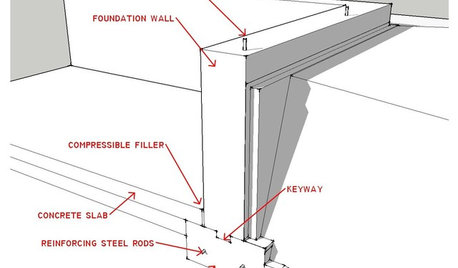
ARCHITECTUREKnow Your House: What Makes Up a Home's Foundation
Learn the components of a common foundation and their purpose to ensure a strong and stable house for years to come
Full Story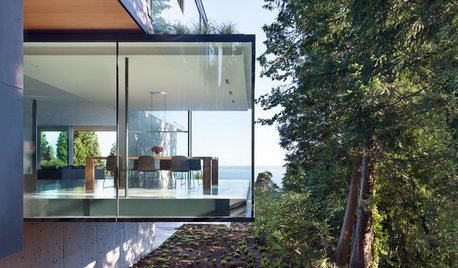
MODERN HOMESHouzz Tour: A Cubist Confection Oriented Toward Nature
Dramatic yet understated, a West Vancouver house defers to its woodland and ocean setting
Full Story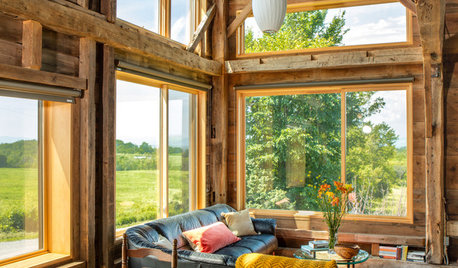
GUESTHOUSESHouzz Tour: This Guesthouse’s Former Residents Were Horses
A new insulated exterior for a Vermont carriage barn preserves its rustic interior
Full Story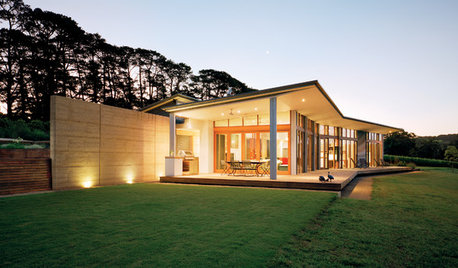
HOUZZ TOURSHouzz Tour: Rammed Earth and Vineyard Views Stun Down Under
Tightly edited colors and materials let nature shine, while solar panels and a passive orientation help this home tread lightly on the earth
Full Story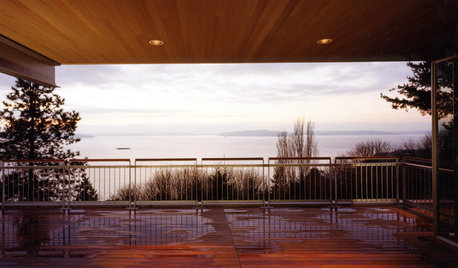
REMODELING GUIDESRegional Modern Architecture: Seattle Splendor
Seattle's modern homes celebrate place with warming foundations and spectacular views
Full Story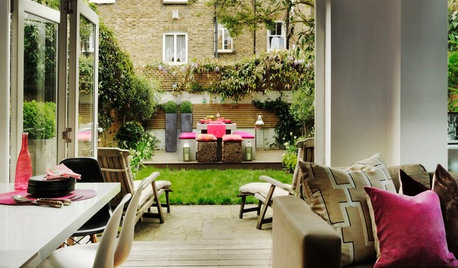
ECLECTIC HOMESHouzz Tour: A West London Home Inspired by Travels
A fresh start, far-flung holidays and a few beautiful heirlooms were the stylistic foundation for this colorful, creatively decorated home
Full Story



karin_mt
cole_robbie
Related Discussions
Foundation insulation on greenhouse with external planting beds
Q
Foundation insulation/hydronic design
Q
To insulate or not to insulate a basement bathroom??
Q
Fiberglass insulation on exterior foundation???
Q
steve333_gw
steveunderhill
karin_mt
livelydirt
steveunderhill
karin_mt
cole_robbie
GarthWunsch.com
steveunderhill
steve333_gw
steveunderhill
cole_robbie
SpecGuy
steve333_gw
curlygirl
steveunderhill
steveunderhill
curlygirl
steve333_gw
curlygirl